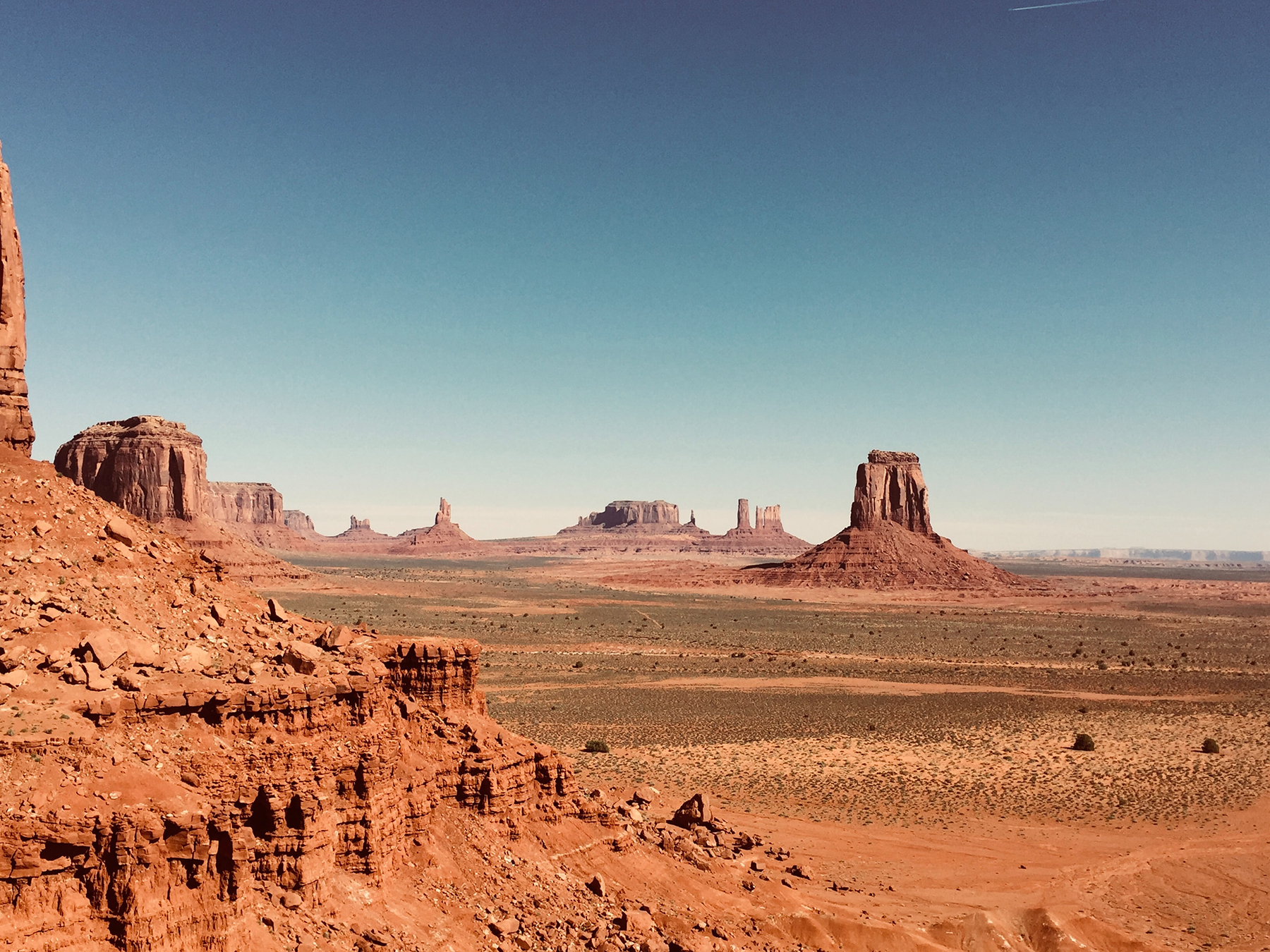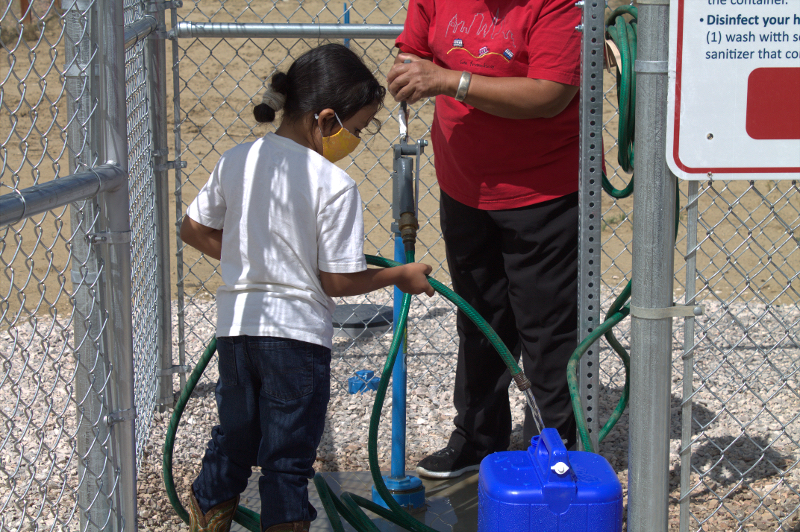Yesterday, in part one of this two-part series, contributing editor T.R. Witcher took a look at a new network of transitional water access points installed last year to make water more accessible across the 27,000 sq mi Navajo Nation, which extends across parts of Arizona, New Mexico, and Utah, with an expansive footprint that is larger than West Virginia. Today in part two, Witcher writes about how the Navajo Nation’s plan to improve its residents’ access to water could also help economic development on the reservation.

Growing Demand
The demand for water in the Navajo Nation is growing, despite how conservative its residents are overall when it comes to water usage.
Legal settlements between the nation and the states of Utah in 2020 and New Mexico in 2013 provide the Navajo Nation with about 100,000 acre ft of water a year. Pending settlement of litigation with Arizona, that number could rise to approximately 200,000 acre ft annually. But the nation, with a population of about 173,000, only consumes about 10,000 acre feet a year. “We're really very conservative,” says Rex Kontz, the deputy general manager of the Navajo Tribal Utility Authority. (Metropolitan Las Vegas, with a population well over 2 million, uses approximately 300,000 acre ft a year).
In general, most utilities in the United States, says Kontz, lose money or just break even on residential service; they make most of their money on larger commercial meters. However, in the Navajo Nation, 95% of water use is for residential. And not only is the system a residential one, it is also rural. “We're really stretched out,” he says. The issue is compounded with high unemployment rates and low median incomes on the reservation. As a result, it’s “not a matter of just raising the rates, because all you'll get is a bunch of people disconnected for nonpayment,” he says. “You're not generating more money.”
The nation’s low population density also presents technical challenges. If the utility keeps extending miles and miles of pipe for only one or two homes, those homes might not use enough water to “turn it over” and keep it refreshed, meaning the disinfection agents in the water may dissipate and those users may still end up with unsuitable water.
The key is encouraging development that can more fully use those water resources available due to the legal settlements. “There's a lot of different things that you could do with the water. Now that we have it available, everybody has to get into this growth mindset of finding ways to use that water,” says Kontz. Sufficient water — and an abundance of electricity to move that water — could open areas of the region for development as a recreation destination, with access to cross country skiing, camping, and fishing, and to the revitalization of Navajo Nation cities such as Chinle.
What’s Next?
The Indian Health Service, an operating division within the U.S. Department of Health and Human Services that provides direct medical and public health services to federally recognized Native American Tribes and Alaska Natives, prioritizes funding projects that are deemed feasible, using estimates of construction cost that vary by location. At the end of 2019 there were about $866 million in identified feasible needs in infrastructure serving Native Americans and Alaska Natives across the country — but $2.6 billion in total needs, including projects that do not meet the economic feasibility threshold. The IHS receives an annual appropriation of $192 million to support project construction.
Funding new capital projects is not the only challenge. “We are seeing that capital investments in infrastructure are just part of the picture,” says David Harvey, the deputy director of the Division of Sanitation Facilities Construction at the IHS. “But those investments do not last unless they are supported by operation and maintenance.”
He adds, “The facilities that we've installed and helped the tribes install, going back over 50 years, are getting close to their end of their life expectancy. And some of them have already worn out. It's like a conveyor belt. More are coming.” (The IHS says it will need to collect more data to build a case for shifting funding resources into operations and maintenance.)
The transitional water points installed last year are seen as a temporary measure to help residents in the short term by providing an immediate outlet to clean water. “There's still an effort to try and get pipe water to people's homes,” says Kontz.

However, the long-term solution may not end up being the installation of long-distance pipes, Harvey says. Instead, one option could be to install larger water loading stations with faster flow rates than the new transitional access points. These water loading stations could be situated to serve groups of homes without piped water to make it even easier for those residents to access water for their private underground cisterns without having to travel far distances.
A group known as the Water Access Coordination Group, comprising stakeholders and researchers from various organizations and universities, including the Navajo Nation, the IHS, Arizona State University, Johns Hopkins University, Montana State University, the University of New Mexico, and the University of Arizona, is also considering options such as using solar-powered filtration devices to filter water at wellheads.
“This is a potential solution that could be placed off the grid that would produce water that meets the (U.S.) Environmental Protection Agency standards,” says Harvey.




